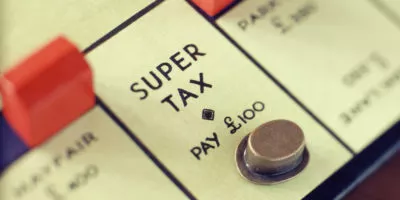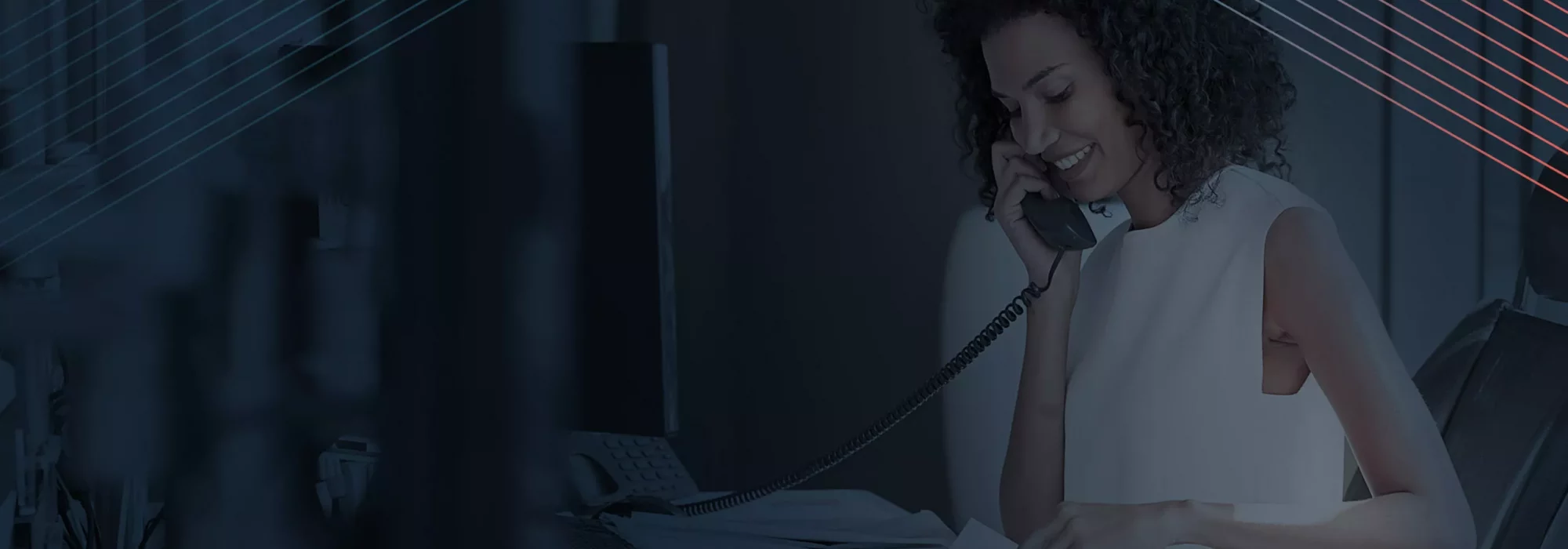End-to-end Accounts Payable automation
Combining e-Invoicing and Invoice Automation Workflow

In prior posts, we’ve said that E-Invoicing and vendor portals without automated workflow are like Oreos® without the cream filling. We’ve also written “Industry Analysts Tout the Value of Combining e-Invoicing and Automated Workflow for Invoices.” By combining these technologies, organizations can cover the complete value chain from invoice receipt to payment, and beyond.
Let’s explore the end-to-end process flow in a bit more depth. First, invoices can come in electronically through several means. Electronic invoices (or e-Invoices) can be created by the supplier by:
- Filling a form on the e-Invoicing network supplier portal;
- Converting a purchase order to an invoice on the supplier portal; or
- Transmitting electronic data to the e-Invoicing network directly from the supplier’s accounting or business system.
Regardless of how e-Invoices are created, they can be passed through a series of validation rules in the e-Invoicing network, which are constructed in conjunction with the buyer organization. Assuming the e-Invoice passes validation, the electronic data and a rendered invoice image, which is created by the e-Invoicing network, can be passed along to the buyer’s automated workflow solution. If the invoice doesn’t pass validation, it can be immediately rejected back the supplier for resolution.
A major benefit derived from working with a strong e-Invoicing platform player is their ability to recruit, on-board and manage suppliers on behalf of the buyer organization. It’s typical that some portion of a buyer organization’s vendors would already be members of the e-Invoicing network, ready to transact business with the next buyer organization to join the network.
Next, e-Invoices hit the buyer organization’s automated workflow. PO invoices are automatically matched with PO data and goods receipts data for 3-way processing; or simply with PO data for 2-way processing. Any exceptions which occur would be handled in workflow for resolution.
Non-PO invoices would go through a general ledger coding and approval process, including honoring levels of authorization within the buyer organization. Ultimately, once transactions are clean and ready for payment processing, they can be automatically posted into the buyer’s ERP system, such as SAP, Oracle, or JD Edwards, through standard interfaces. Then, once payment occurs in the ERP system, payment data can be pulled back, so there is complete visibility from invoice receipt to payment within the workflow system.
There are other capabilities which can be layered on top as well, including the delivery of invoice statuses to the supplier via the e-Invoicing network supplier portal, so suppliers can see where things stand relative invoice processing and payment; and the delivery of purchase orders, which suppliers can access in the portal and use for the PO to invoice conversion process.
Concerned you may not be able to get 100% of your suppliers to go to e-Invoicing? There are ways to have data capture handled via intelligent capture OCR or via an outside service to convert the remaining paper-based invoices to electronic data, which can then be processed through workflow as well. Finally, further value-added services can be offered, such as:
- Supply chain financing, where suppliers can elect to receive early payment at a discounted value, while buyers continue to pay via standard payment terms; and
- Spend analytics, where procurement departments can analyze their spend to identify incidents of price variance for individual products and services across its procurement activities, which can result in a reduction of overall spend.



